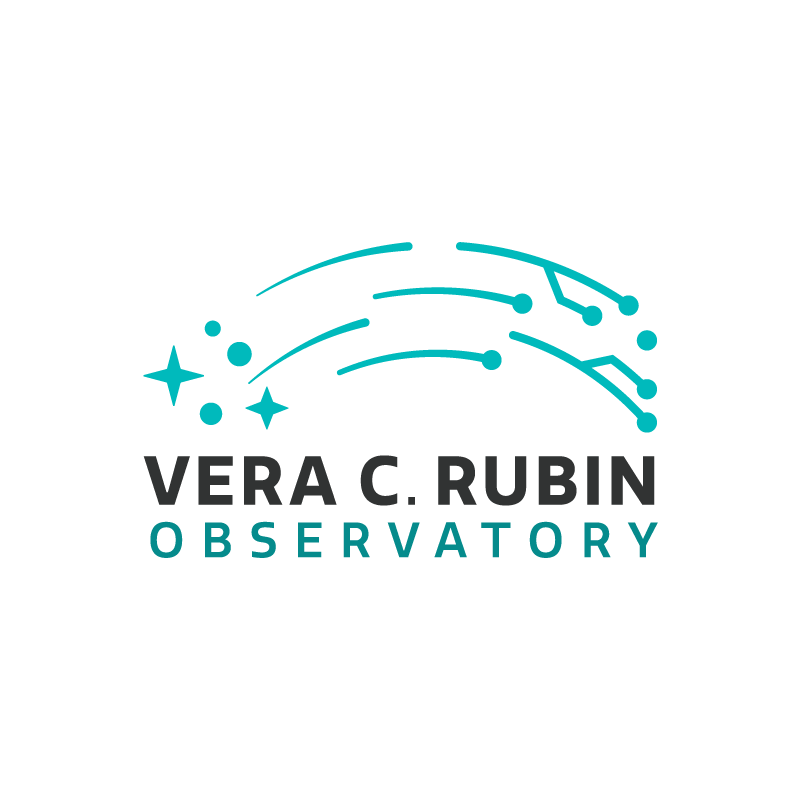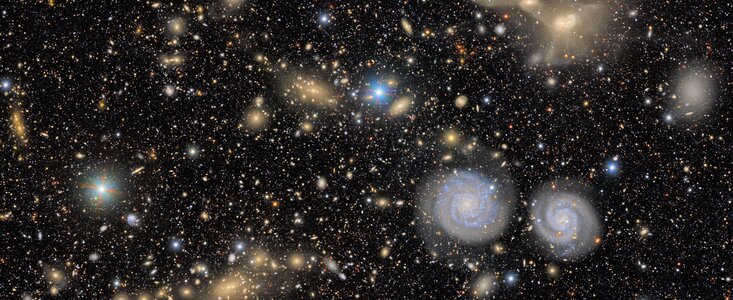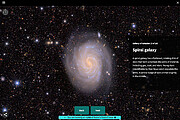NSF–DOE Vera C. Rubin Observatory’s First Look Resources for Education
3 July 2025
On 23 June 2025, NSF–DOE Vera C. Rubin Observatory unveiled its First Look — a stunning collection of images, videos, and even sound to explore the cosmos. To bring this excitement into classrooms, the Rubin Education and Public Outreach team has designed new resources to actively engage students in exploring the science and wonder behind the observatory’s early data.
The First Look Resources for Lasting Impact webpage is your gateway to these materials, and is ideal for educators looking to spark curiosity and deepen student learning.
Skyviewer Tours highlight various features in the Rubin First Look images, paired with intriguing facts and “Do You Wonder?” questions that encourage student discussion. Accompanying teacher guides offer background information and suggested conversation prompts based on student observations. Rubin Bingo takes a playful deep dive into Rubin’s Cosmic Treasure Chest, featuring “one of everything” found in the image. It includes 35 downloadable Bingo cards and instructions for multiple ways to play. How Many Galaxies Will Rubin See? challenges students to apply estimation and scaling skills to approximate the number of galaxies in the observable Universe. For exploring objects in motion, the Moving Objects First Look Teacher Guide offers three hands-on approaches using Rubin’s Opening Act — A Swarm of New Asteroids video, the Skyviewer, and the Orbitviewer apps. The First Look Toolkit gathers multiple resources in one convenient place, including videos, slideshows, and even an online game — perfect for introducing Rubin Observatory to students.
Newly released: the Rubin Observatory Coloring Book. This downloadable PDF features six pages of line drawings, short descriptions, and QR codes linking to more information — great for informal learning settings.
Rubin Observatory is jointly funded by the U.S. National Science Foundation (NSF) and the U.S. Department of Energy’s Office of Science (DOE/SC). It is a joint Program of NSF NOIRLab and DOE’s SLAC National Accelerator Laboratory. NSF NOIRLab is managed by the Association of Universities for Research in Astronomy (AURA) and SLAC is operated by Stanford University for the DOE.
Contacts
Ardis Herrold
Senior Education Specialist
Rubin Observatory
Email: ardis.herrold@noirlab.edu



